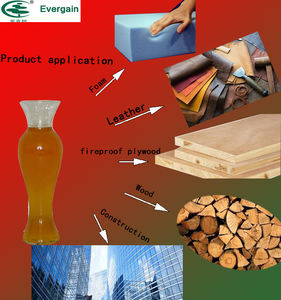Do Carpets Often Become Breeding Grounds for Bacteria?
Carpets, due to their fibrous structure and warmth, often become breeding grounds for bacteria, particularly when they are exposed to moisture, dirt, and dust. These bacteria can cause a range of health problems, including allergic reactions and respiratory infections. It is essential to regularly clean and maintain carpets to reduce the risk of bacterial growth and ensure the health of those living in the environment.
Carpets, with their intricate fibers and excellent insulation properties, often become a part of our daily lives, bringing both aesthetic appeal and functional warmth to our homes. However, their very nature as porous materials that trap dust and debris also makes them potential breeding grounds for bacteria. The question then arises: Do carpets easily encourage the growth of bacteria?
The short answer is yes, carpets can indeed become breeding spots for bacteria if not properly maintained. The fibers of the carpet, while offering a soft and comfortable walking surface, also provide a perfect hiding place for dust mites, bacteria, and other microscopic organisms. These organisms thrive in the carpet’s warmth and in the dark, finding the perfect environment for their growth.

But it’s not just the physical characteristics of the carpet that contribute to this problem. The materials used in making the carpet also play a role. Some synthetic materials, while durable and easy to clean, may not be as breathable as natural fibers like wool or cotton. This can lead to the accumulation of moisture and heat, further promoting the growth of bacteria.
High-traffic areas, such as hallways or living rooms, are particularly prone to this problem, as the constant footfall brings in more dirt and debris. This is not to say that other areas are exempt; even bedrooms and dens, which may see less traffic, can still have carpets that become breeding grounds for bacteria if not regularly cleaned.

The good news is that there are steps we can take to prevent this from happening. Regular vacuuming, at least once a week in high-traffic areas, is a good start. This removes the surface-level dust and dirt that would otherwise provide a food source for bacteria. Additionally, using a disinfectant or cleaning solution specifically designed for carpets can help kill any existing bacteria and prevent their growth.
Moreover, while synthetic carpets may be more prone to bacterial growth due to their non-breathable nature, there are now more eco-friendly and breathable options available in the market. These use natural fibers like wool or cotton, which are not only sustainable but also more breathable, helping reduce the risk of bacteria growth.

In conclusion, while carpets can indeed become breeding spots for bacteria if not properly maintained, there are steps we can take to prevent this from happening. Regular vacuuming, using the right cleaning products, and choosing more breathable and sustainable carpet materials can all help reduce the risk of bacteria growth in your home.
Articles related to the knowledge points of this article:
Gray Winter Coat: A Fashion Staple for the Cold Seasons
The rise of the stand-up collar down jacket
Title: The right size for the right fit: Choosing the right jacket size for your body type
Title: The Significance of a Tie: A Symbol of Power, Formality, and Personality



